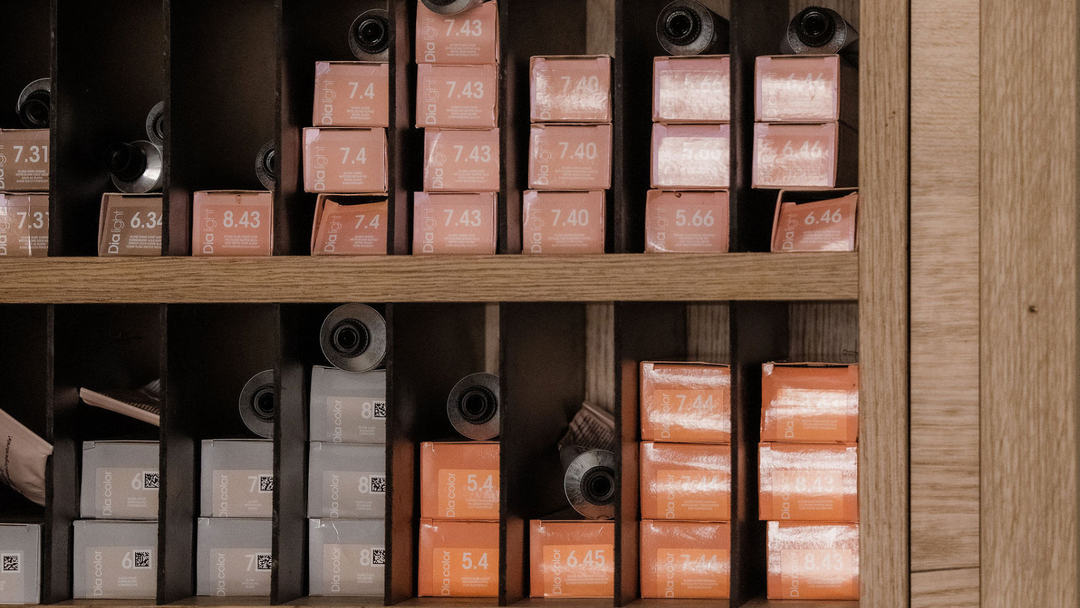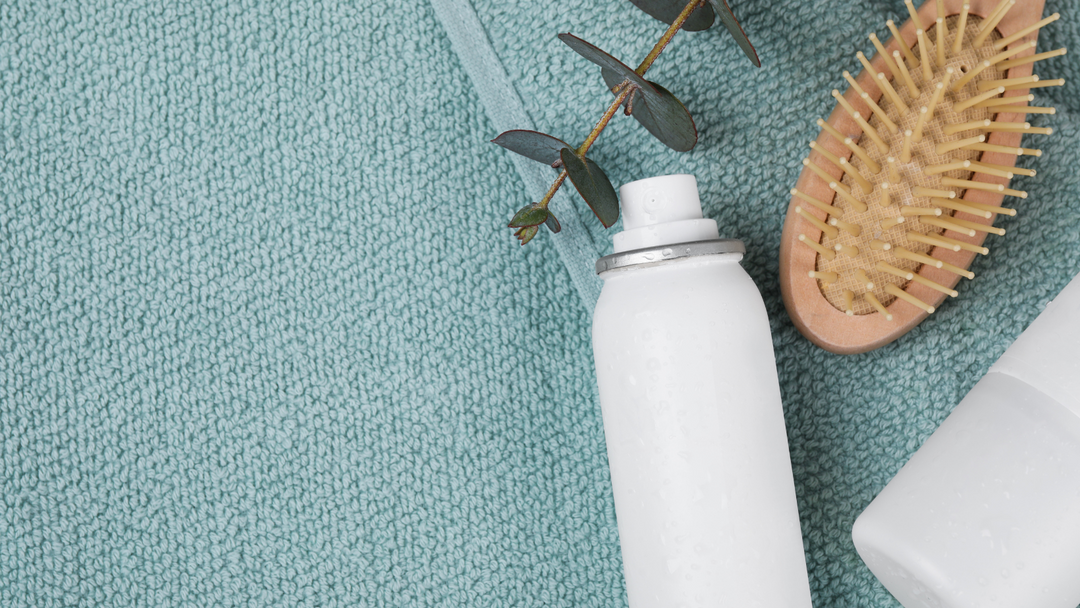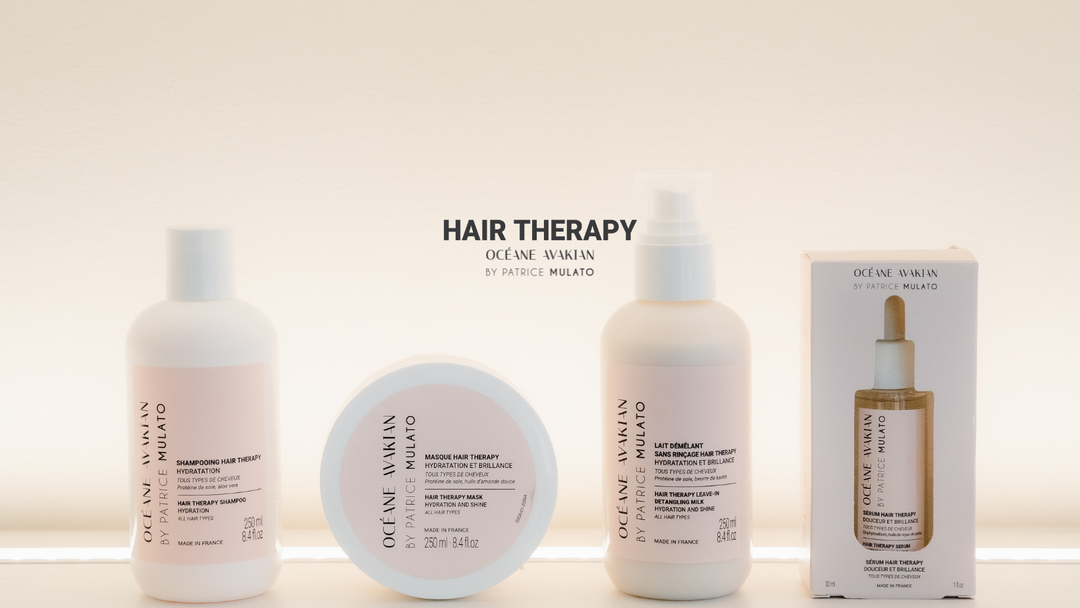Knowing when to cut your ends is one of our biggest dilemmas. The hardest part is when you want to let your hair grow, but when it's damaged, you have to CUT IT !
Having healthy and shiny hair is a dream for many of us. However, to achieve this goal, it is essential to take proper care of your hair. One of the most common questions is how often to trim your hair ends. In this article, we will explore why, when, and how to trim your hair ends to maximize the health of your hair.
Why cut your ends?
1. Prevent Split Ends
Split ends are a sign of damaged hair. They occur when the hair's protective cuticle is damaged, allowing the inner fibers to separate. Trimming your ends regularly helps eliminate split ends and prevent them from traveling up the hair shaft, causing even more damage and, in the worst case scenario: breaking the hair fiber.
2. Cut to grow back better
While cutting your hair won't make it grow faster, it will keep it healthy. Healthy ends reduce breakage and tangles, allowing your hair to grow longer without breaking. Also, a little refresher regularly will help make your ends stronger.
⚠️ Warning: Always cut your hair by a professional and with professional tools. Using the wrong tools can weaken your ends and therefore end up with split ends more quickly.
3. Improve Appearance
Fresh, well-cut ends make your hair look thicker and more well-groomed. It is essential especially on long hair to trim the ends regularly to avoid the "rat tail" effect, which results in thin, broken and thinning ends.
When to cut your ends?
1. Every 6 to 8 Weeks
For most hair types, trimming the ends every 6 to 8 weeks is recommended. This helps keep hair healthy and prevents damage before it becomes too severe. Whether you're just refreshing your hair or needing more maintenance, ask your stylist how much length you need to trim to achieve healthy hair.
For people who use heated appliances regularly, you will need to schedule an appointment with your hairdresser to trim the ends more frequently, as they will become damaged more quickly.
2. Long or Curly Hair
Long or curly hair may require less frequent trims, about every 8 to 12 weeks. However, it is crucial to monitor for split ends and other signs of damage and adjust the frequency if necessary.
3. Damaged Hair
If your hair is particularly damaged by heat, coloring, or other chemical treatments, you may need to trim it more often, every 4 to 6 weeks. This will help remove the damaged areas more quickly and encourage the regrowth of healthy hair.
How to cut your ends?
Consult a Professional
The best way to ensure a quality cut is to consult a professional. A hairdresser will know exactly how much to cut to remove damaged areas without sacrificing too much length.
Trimming your ends regularly is a key part of maintaining healthy, attractive hair. By following the recommendations above, you can prevent split ends, promote growth, and improve the appearance of your hair. Remember, consistency is key. Schedule appointments with your hairdresser every 6-8 weeks for beautiful hair all year long.
What products should I use to slow down the appearance of split ends?
Keratin products
Keratin products are ideal for strengthening your hair and limiting the appearance of split ends. Tokio Inkarami products are also excellent keratin products for your hair. Thanks to their concentration of keratin, they act at the heart of the hair fiber, strengthening it and making the hair fiber shiny and full of health.
Repair products
There are many professional products designed to repair your hair. They are essential for revitalizing and strengthening damaged hair. They are formulated to treat damage caused by various factors such as heat from styling tools, chemical treatments, and environmental aggressors. Common ingredients include proteins, such as keratin, which help rebuild the hair's internal structure. Used regularly, they can make hair stronger, shinier, and softer, while preventing future damage. In this product category, you can find products from the Olaplex brand .
Olaplex are repair products with a patented formula that help rebuild disulfide bridges. Hair is made up of 90% keratin bonded together by disulfide bonds, the number and location of which give hair its shape. These small bonds can be damaged by chemical treatments or the daily use of your hot tools. If left untreated, your hair is at risk of breaking.











